Buff Orpington chickens are a beloved breed, and it’s easy to see why. Their beautiful golden-buff feathers and gentle nature make them a favorite among homesteaders. If you’re considering adding these chickens to your flock and want to learn more about their egg-laying abilities and friendly temperament, you’ve come to the right place.
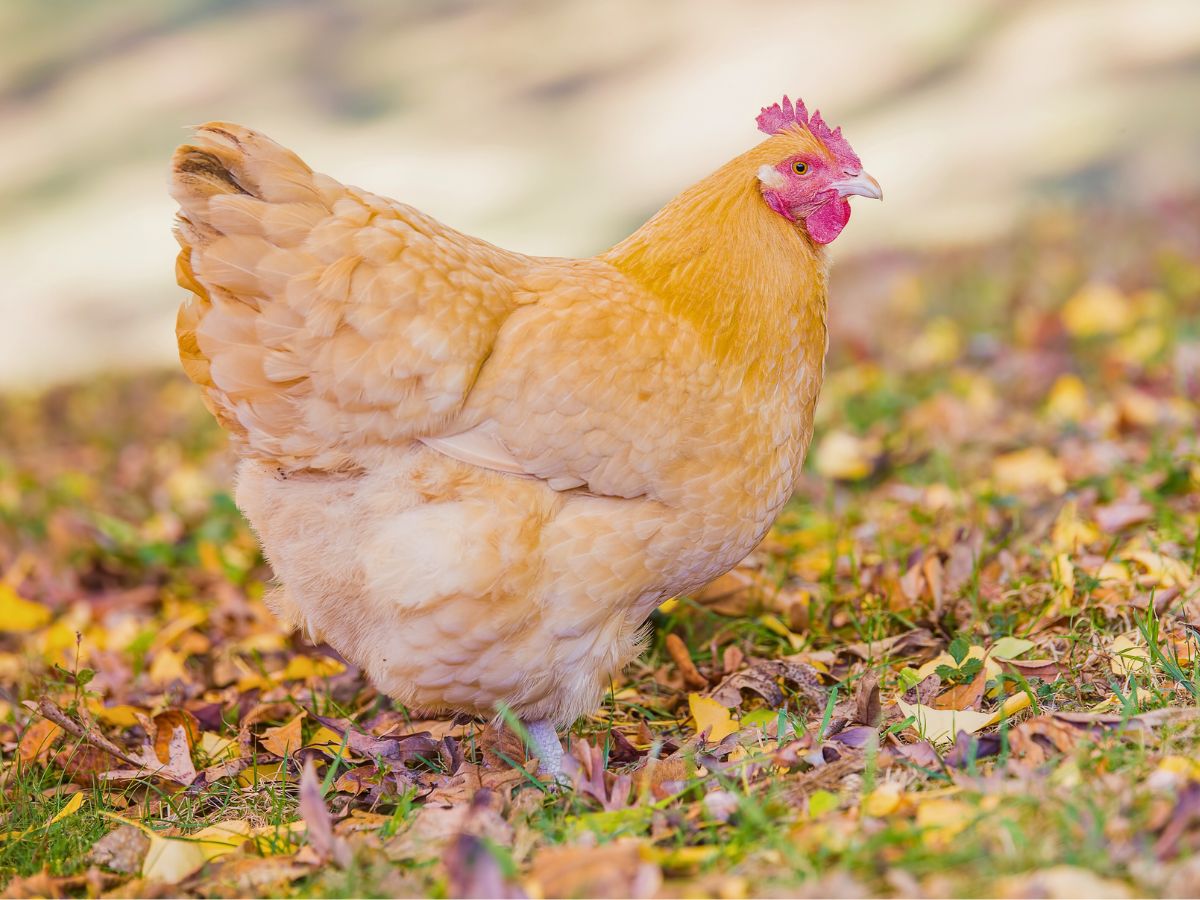
History of Buff Orpington Chickens
The Buff Orpington chicken hails from Orpington, England, where it was first developed in the late 19th century by William Cook. Cook aimed to create a hardy, dual-purpose breed that excelled in both egg production and meat quality while boasting an attractive appearance. Introduced in 1886, the breed quickly gained popularity for its versatility and striking golden-buff plumage. Buff Orpingtons are classified as a large fowl (standard) breed in the English class, with bantam varieties also available.
Recognized varieties of Orpingtons include Black, White, Blue, and Buff, with the Buff variety being the most iconic and widely known. In terms of rarity, Buff Orpingtons are not listed as endangered by the American Livestock Breeds Conservancy (ALBC, now part of The Livestock Conservancy). They remain a common and beloved breed among backyard chicken keepers and homesteaders alike.
Egg Facts
Depending on conditions and care, Buff Orpingtons are dependable layers, producing around 180–250 medium to large brown eggs per year. Their egg-laying frequency typically averages 3–5 eggs per week, making them a solid choice for anyone seeking a steady egg supply. While not the most prolific layers compared to specialized breeds like Leghorns, their dual-purpose nature balances egg production with meat quality.
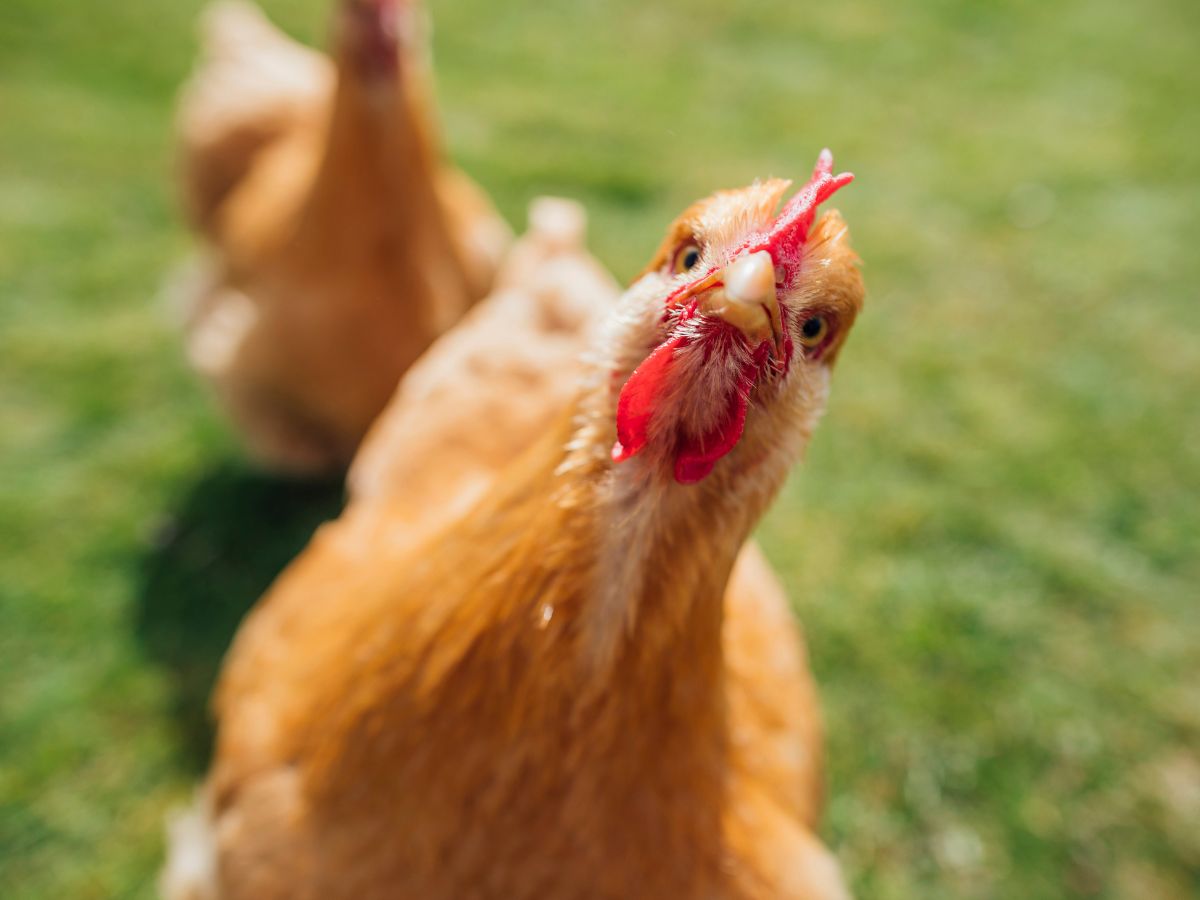
Features of Buff Orpington Chickens
Buff Orpingtons are easily recognizable by their rich, golden-buff feathers, which give them a warm, glowing appearance. Hens typically weigh 7–8 pounds, while roosters reach 8–10 pounds, making them a substantial bird for the table. Their feathers are loose and fluffy, enhancing their rounded, robust silhouette—a trait that aligns with the breed standard set by organizations like the American Poultry Association (APA).
They sport a single comb with five points, lack crests, and have clean (unfeathered) legs with four toes per foot. Their skin is white, and their beaks, shanks, and toes are typically pinkish-white, complementing their overall aesthetic.
Breed Characteristics
Buff Orpingtons are renowned for their adaptability and gentle demeanor. They tolerate cold climates exceptionally well, thanks to their dense, fluffy feathers, which provide insulation against winter chill. While they can handle heat, they fare best in moderate climates and appreciate shade and good ventilation during hot summers. These chickens also adapt well to confinement, making them suitable for backyard coops, though they thrive with access to free-range foraging.
Temperament-wise, Buff Orpingtons are the epitome of docility. Often described as calm, friendly, and even cuddly, they’re a favorite among families with children and first-time chicken keepers. Roosters tend to be less aggressive than those of other breeds, though individual personalities vary. Hens are known for their broodiness, frequently going “broody” and excelling as setters and mothers, which makes them ideal for natural hatching.
Care of Buff Orpington Chickens
Buff Orpingtons have straightforward needs, similar to most chicken breeds. Provide a balanced layer feed, fresh water, and a clean, spacious coop with good ventilation. Their fluffy feathers can trap moisture, so ensure their living area stays dry to prevent health issues like frostbite in winter or feather mites in humid conditions.
Regular dust baths help them maintain feather condition. Due to their size, they require sturdy perches and adequate space—about 4 square feet per bird in the coop and 10 square feet in a run. Their broodiness may require occasional intervention if you’re not looking to hatch chicks.
You can read more about the Orpington Chicken breed in our post about them. If you have questions about properly feeding chickens, read our Guide to Feeding Chickens.
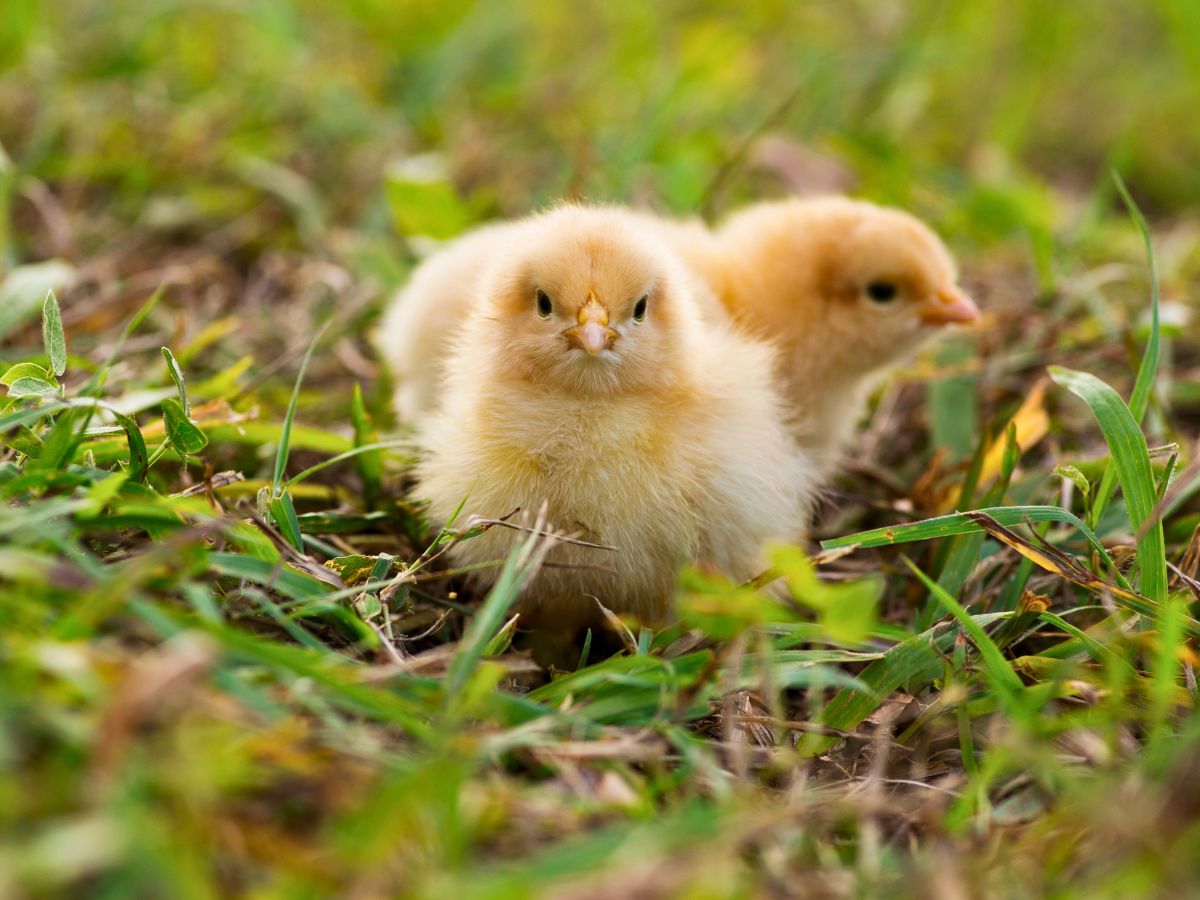
Where to Buy
We strongly advise sourcing Buff Orpington chicks or mature birds from a local breeder or hatchery whenever possible. This minimizes shipping stress, ensuring the birds transition smoothly to their new home. If local options are limited, consider coordinating with your nearby farm supply store to include Buff Orpingtons in their next hatchery order so they have less stress by reducing handling and transportation changes.
Ordering directly from a hatchery often involves shipping via postal service, which can be hard on young birds due to frequent vehicle switches and potential mishandling. When shipping is unavoidable, we’ve had great experiences with Murray McMurray Hatchery, known for delivering healthy chicks. Many farm stores partner with them, offering a convenient way to order while adding extra care during transit.
Wrap Up
Buff Orpington chickens are a fantastic choice for chicken keepers seeking a dual-purpose breed with a lot of heart. Their reliable egg production, substantial size for meat, and gentle, family-friendly temperament make them a standout addition to any flock.
They’re especially well-suited for colder climates and smaller setups, though their broodiness might challenge those uninterested in raising chicks. Whether you’re a beginner or a seasoned chicken keeper, Buff Orpingtons bring beauty, utility, and charm to the coop. Here’s to happy, healthy flocks!
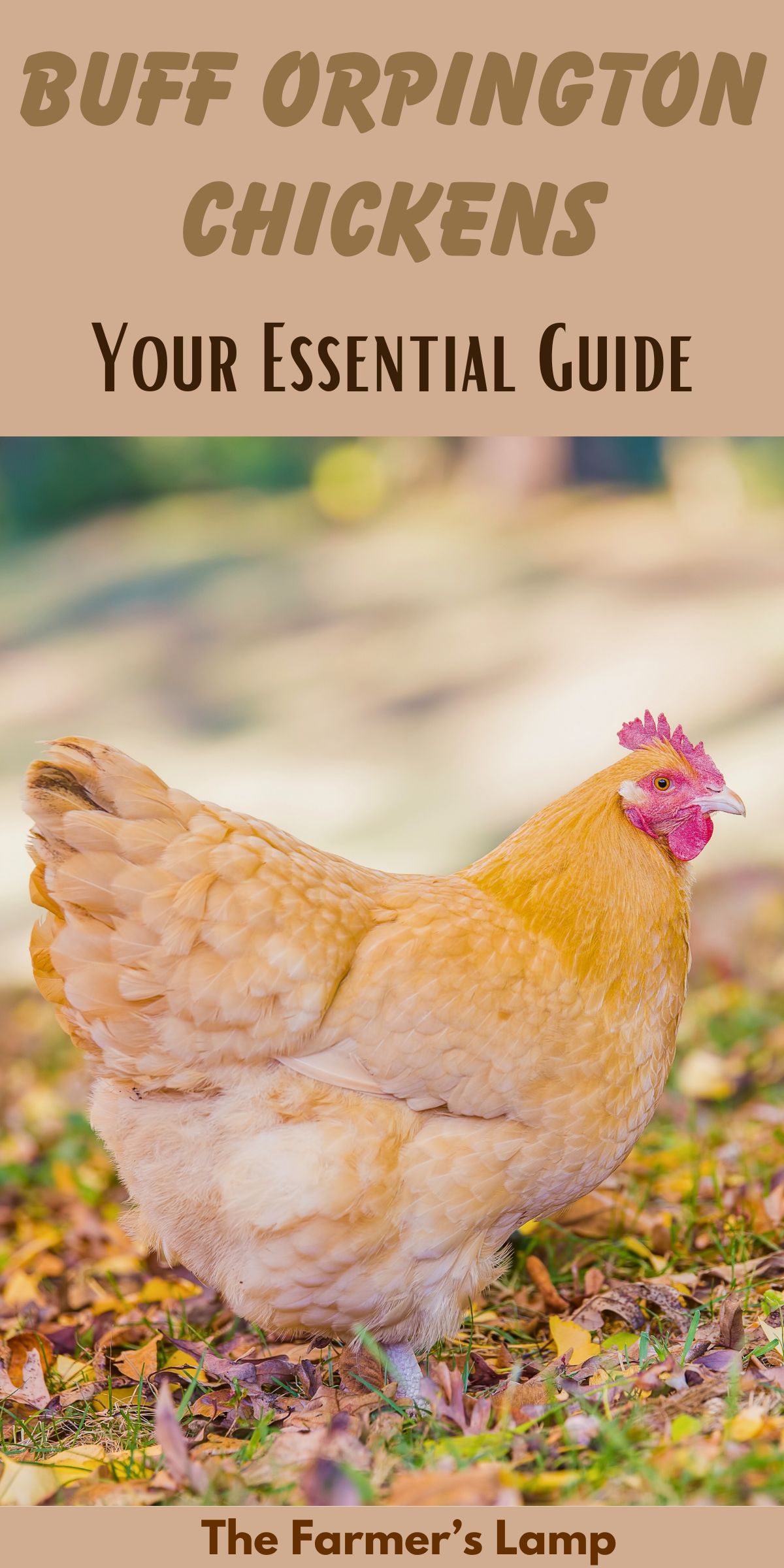
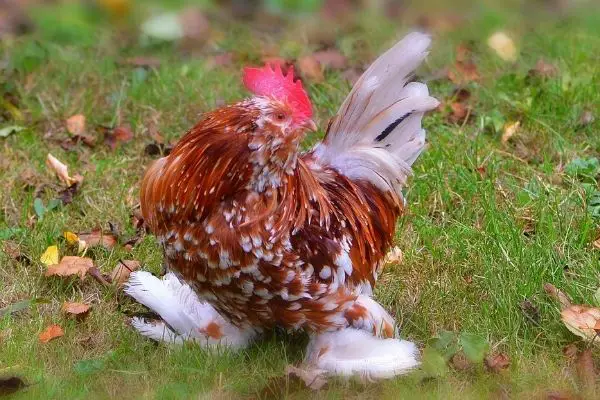

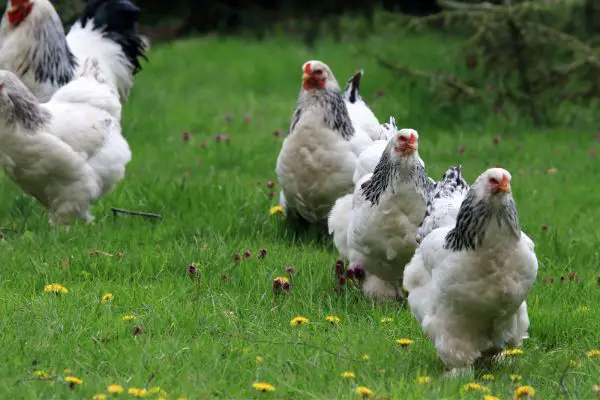
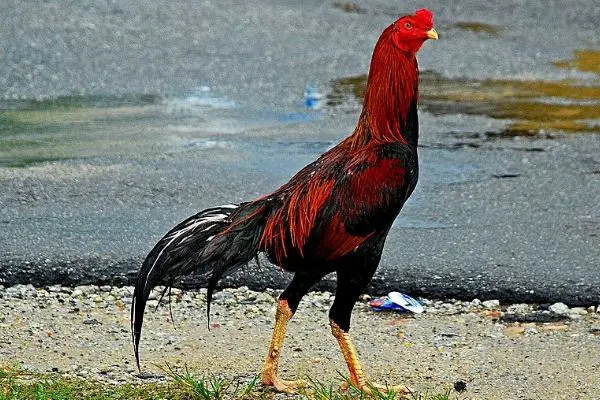
Leave a Reply